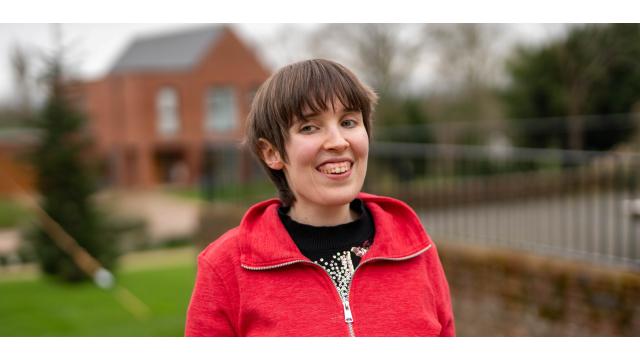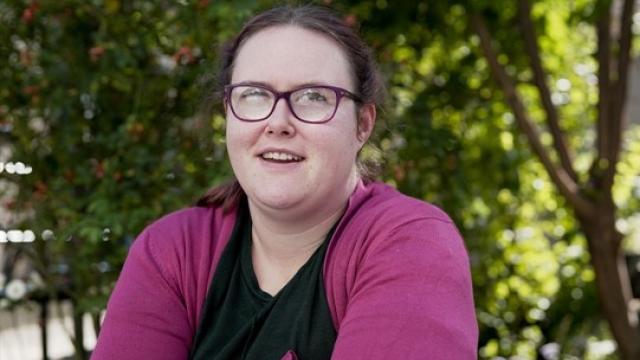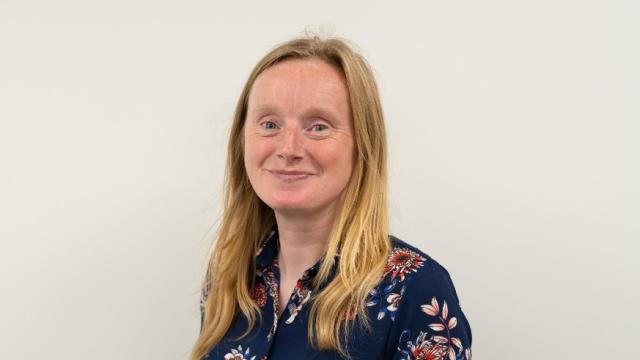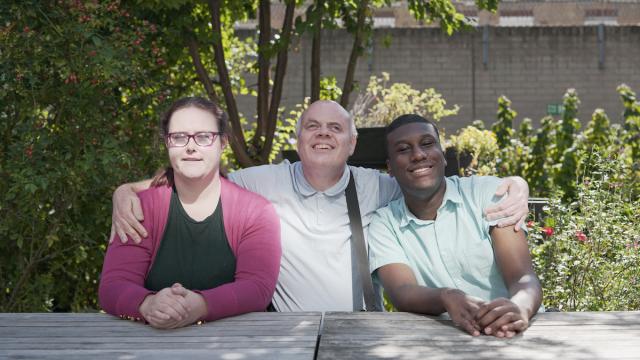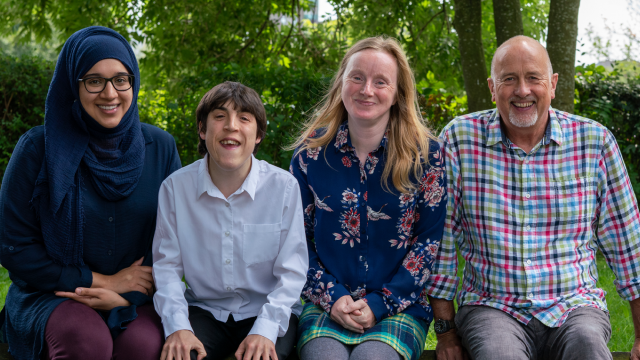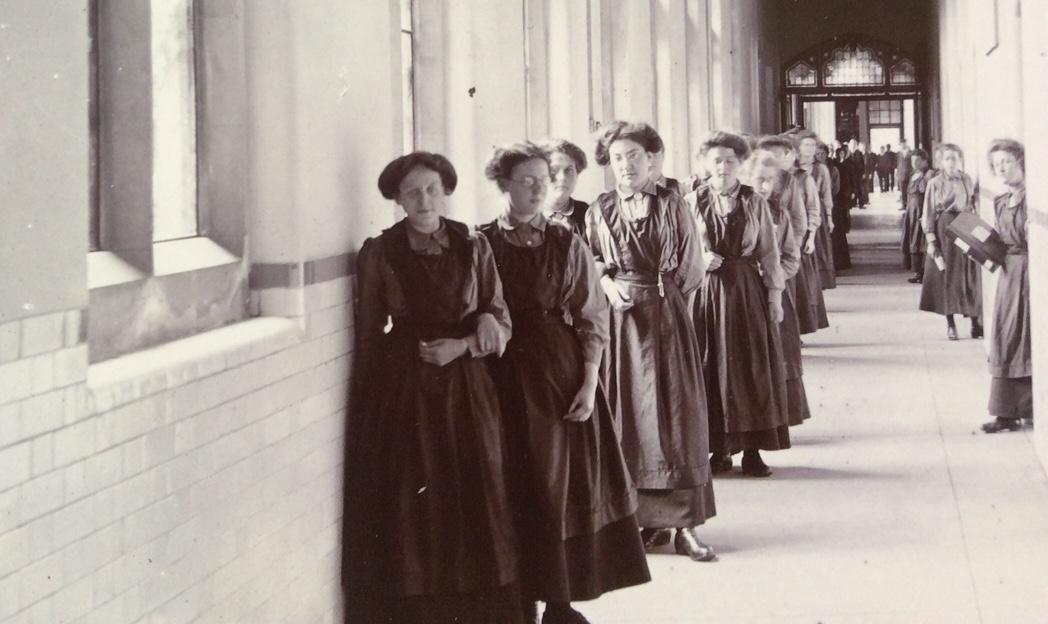
Women’s history month: The women of SeeAbility
This Women’s History month, we’re celebrating the contributions of women throughout our 225 year history. There have been thousands of women who have been supported by, or worked for, the charity, all shaping it into the life-changing and innovative organisation it is today.
The first women at SeeAbility
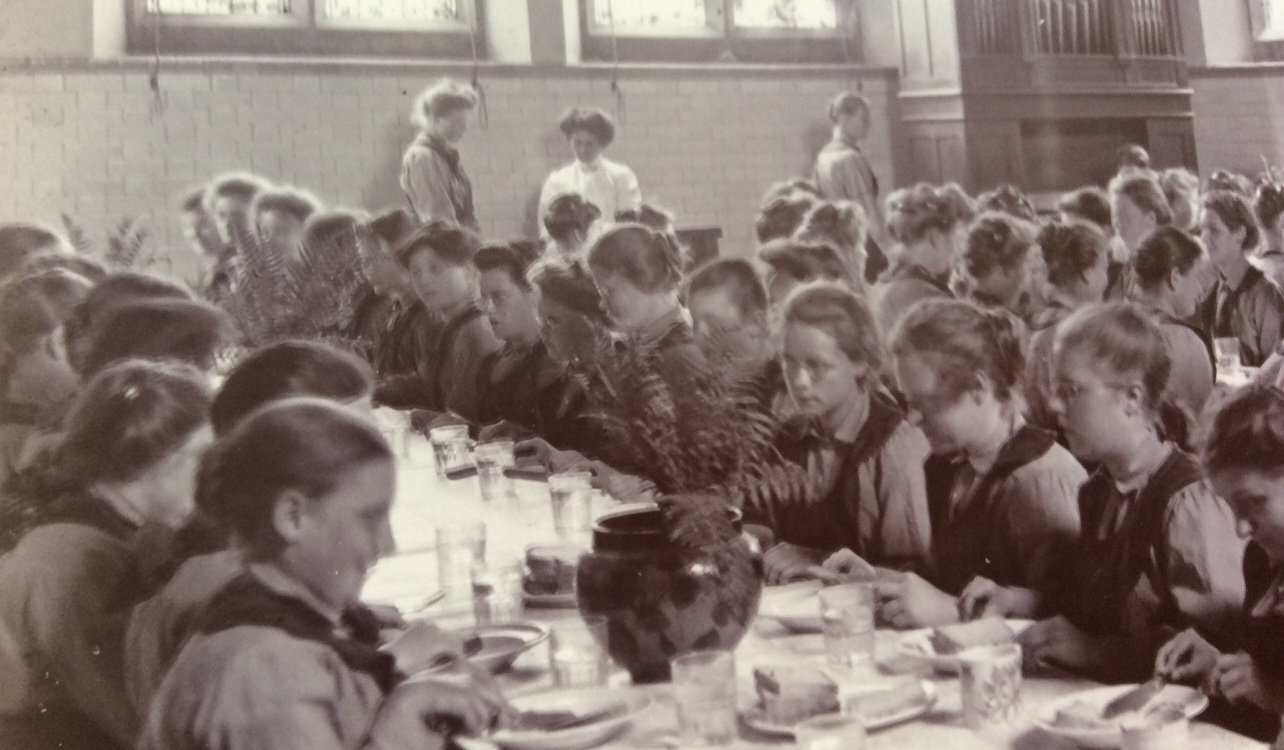
SeeAbility was first established as the School for the Indigent Blind in 1799, as a school to teach visually impaired children to learn a trade. In those days, most educational establishments prioritised education for boys, but SeeAbility offered education to girls from a very early stage. Boys were first admitted in the early months of 1800, and by early 1801, girls were also accepted. Girls were mostly taught weaving and spinning, while boys learnt basket making. Through this, girls made shoe-makers thread, fine and coarse yarn, clothes lines and window sash cords. The spinning machines they used were specially adapted for people with visual impairments – an innovation that attracted widespread interest, and many similar schools came to visit SeeAbility to see the technology in action.
The first woman who worked for SeeAbility who is named in the records, was ‘Mrs Hill’, who served as the Housekeeper. She was the second person in the role, after the unnamed previous Housekeeper fell ill. She was responsible for ‘all things domestic inside the School house’.
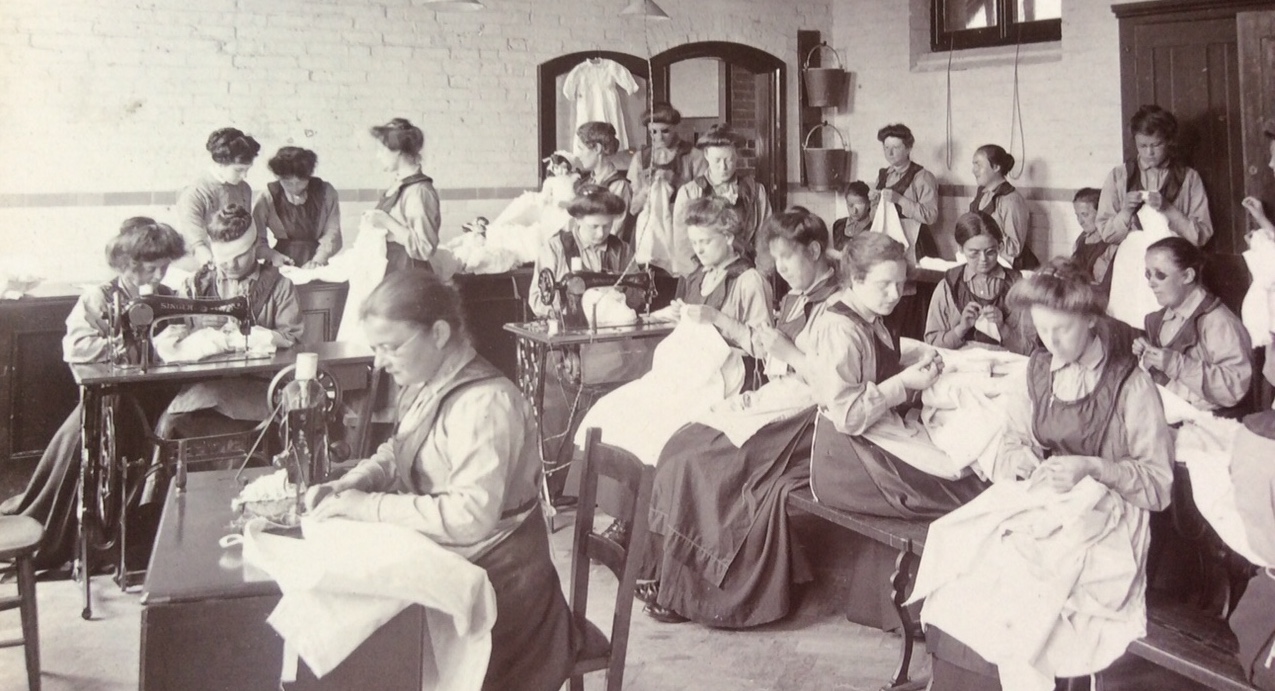
Over time, the work of the women in the school workshop was widely recognised for its high quality craftsmanship, particularly in making dresses. In 1948 there were 16 highly-skilled blind women who worked in this workshop to produce the dresses. To get into this department, the women had to go through training for three to four years before they were thought able to knit dresses of a high enough quality for the school’s brand. They would be knitted using specially adapted flat machines, stitched with an over-stitching machine, and then finished off by hand. The finished articles were sold wholesale to shops in Guildford, about 12 miles away. In 1948, the workshop sold just over £5000 worth of dresses, worth approximately £160,000 in today’s money. The designs themselves were made by the ‘manageress’ Miss Ellis, who allegedly only ever wore dresses made by the school.
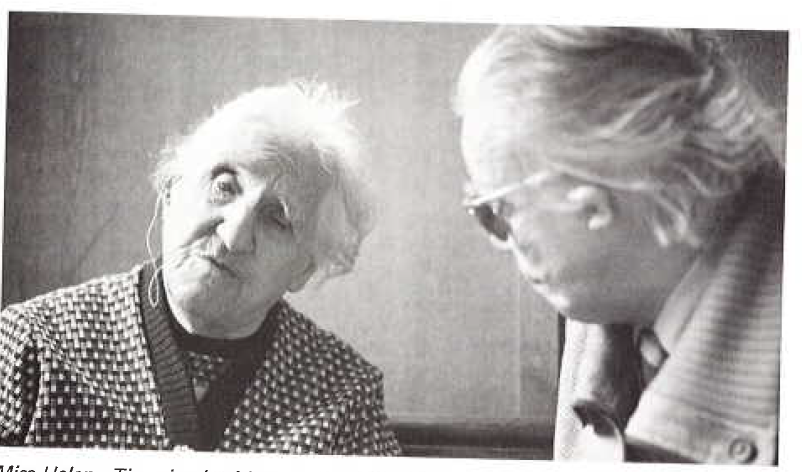
Women played key roles throughout SeeAbility’s time as the School for the Blind. Helena Timmins (pictured above), for instance, was a familiar face around the school during the mid-20th Century, as she served as organist and ‘Music Mistress’ for over 50 years. She began as a pupil, as she had very little usable sight, but quickly the school put her musical talent to use.
A more internationally famous face associated with the school was Helen Keller, the American deaf-blind activist, who visited the school in July 1932.
The Royal Patrons
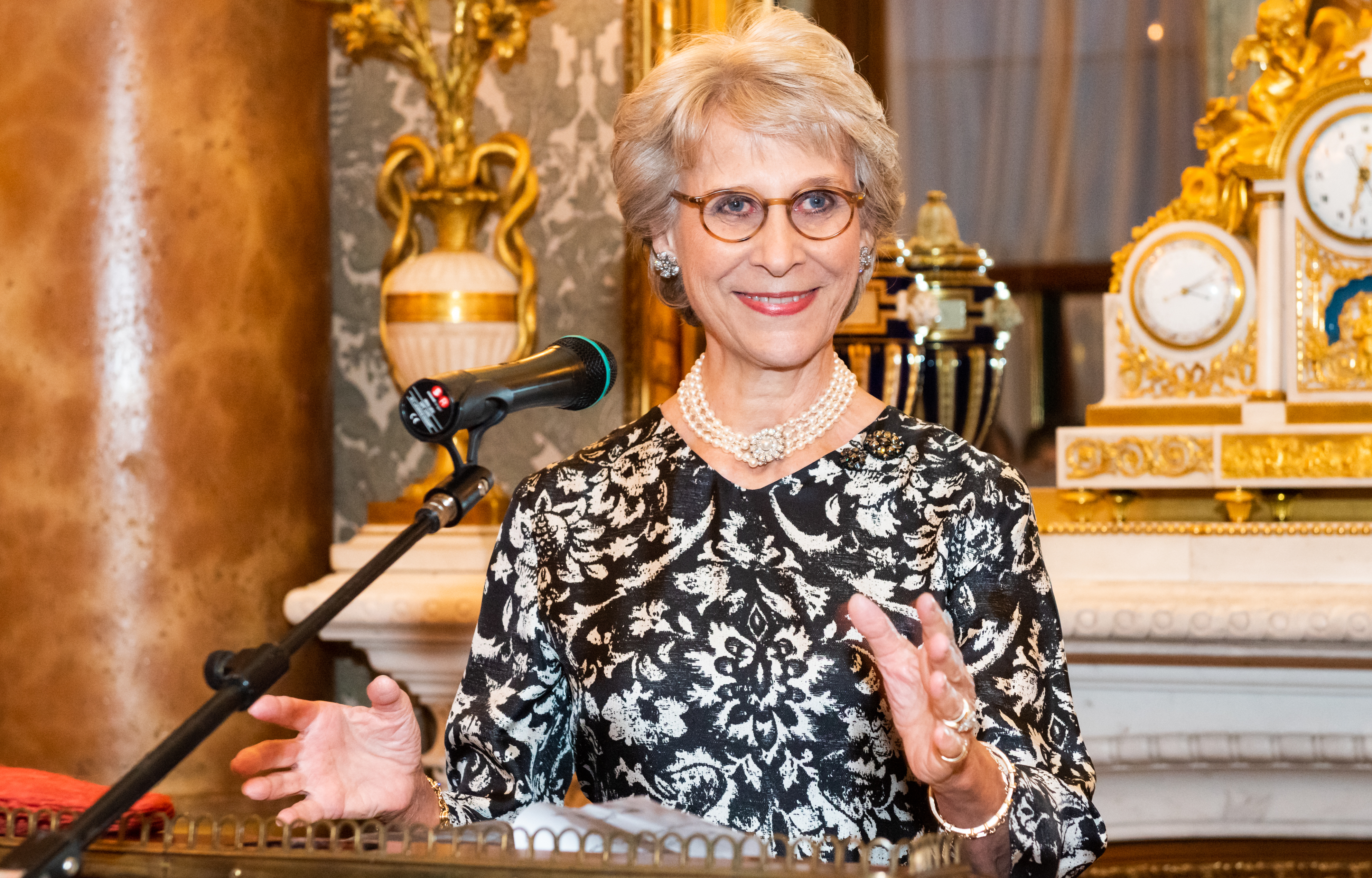
Some of SeeAbility’s most energetic and supportive royal patrons have been women – in fact, our first royal patron was Queen Victoria! There’s no record of her visiting, but she supported the school by insisting that all her paintings were hung using twine made by the women at the school’s workshops.
In 1941, Princess Marina took on the patronage of the school, after the untimely death of her husband, Prince George, who had previously been patron. She proved to be an passionate supporter, visiting the school a number of times before her death in 1968.
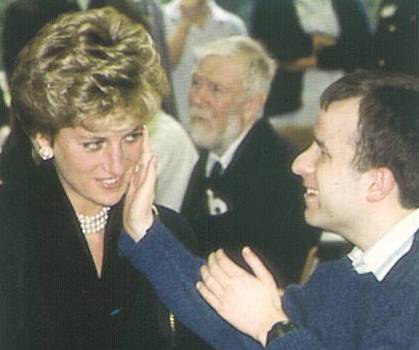
Princess Diana became SeeAbility’s patron in 1982, and visited three times as well as attending numerous fundraising events. The man in the picture, Chris, is still supported by SeeAbility. He was allowed to touch Diana’s face, and commented “She was very very pretty, I can tell you that!” In 1996 she stepped down as patron, but remained close to SeeAbility and was the first person to donate towards the building of Heather House.
Our current patron, the Duchess of Gloucester (pictured above), has been with SeeAbility for over 20 years, and has visited people SeeAbility supports countless times over that period. Most recently, she hosted a reception for SeeAbility at Buckingham Palace in October 2022, where she spoke of SeeAbility as being an old friend. She is dedicated and generous with her time, and we are proud to have her as our patron.
Women at SeeAbility today
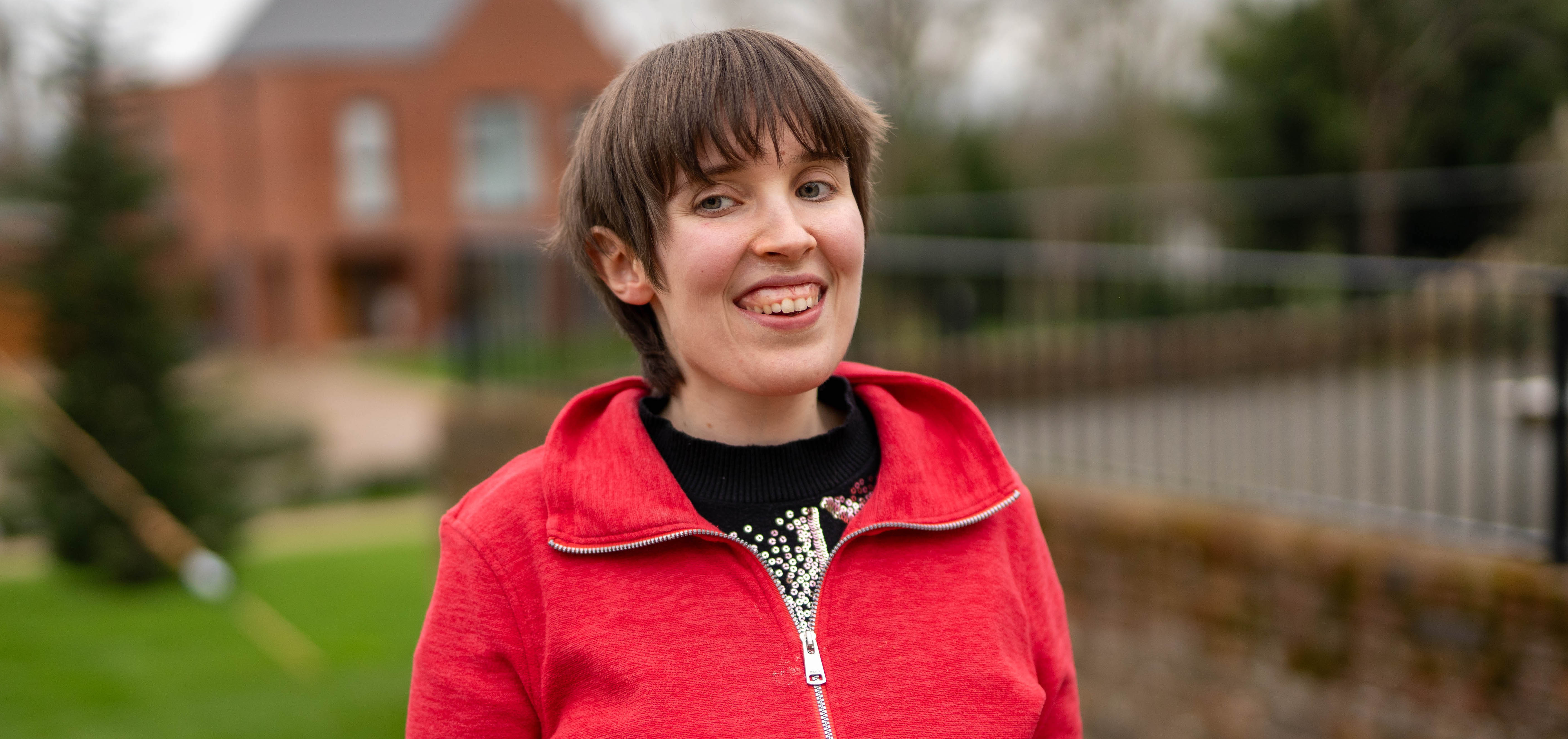
We know from all our work throughout the last 225 years that diversity brings richness and variety of experience to everything we do. Today, our current Chief Executive and Royal Patron are both women, as are half our Senior Leadership Team.
The current Chair of our Taking Control group, a group run by people we support to challenge and report back on how well we are supporting them, is run by Summer. Summer (pictured above) is a passionate and proactive advocate for people with learning disabilities and has set up her own podcast, Summertime, to talk about the issues that matter most to her and others with disabilities.
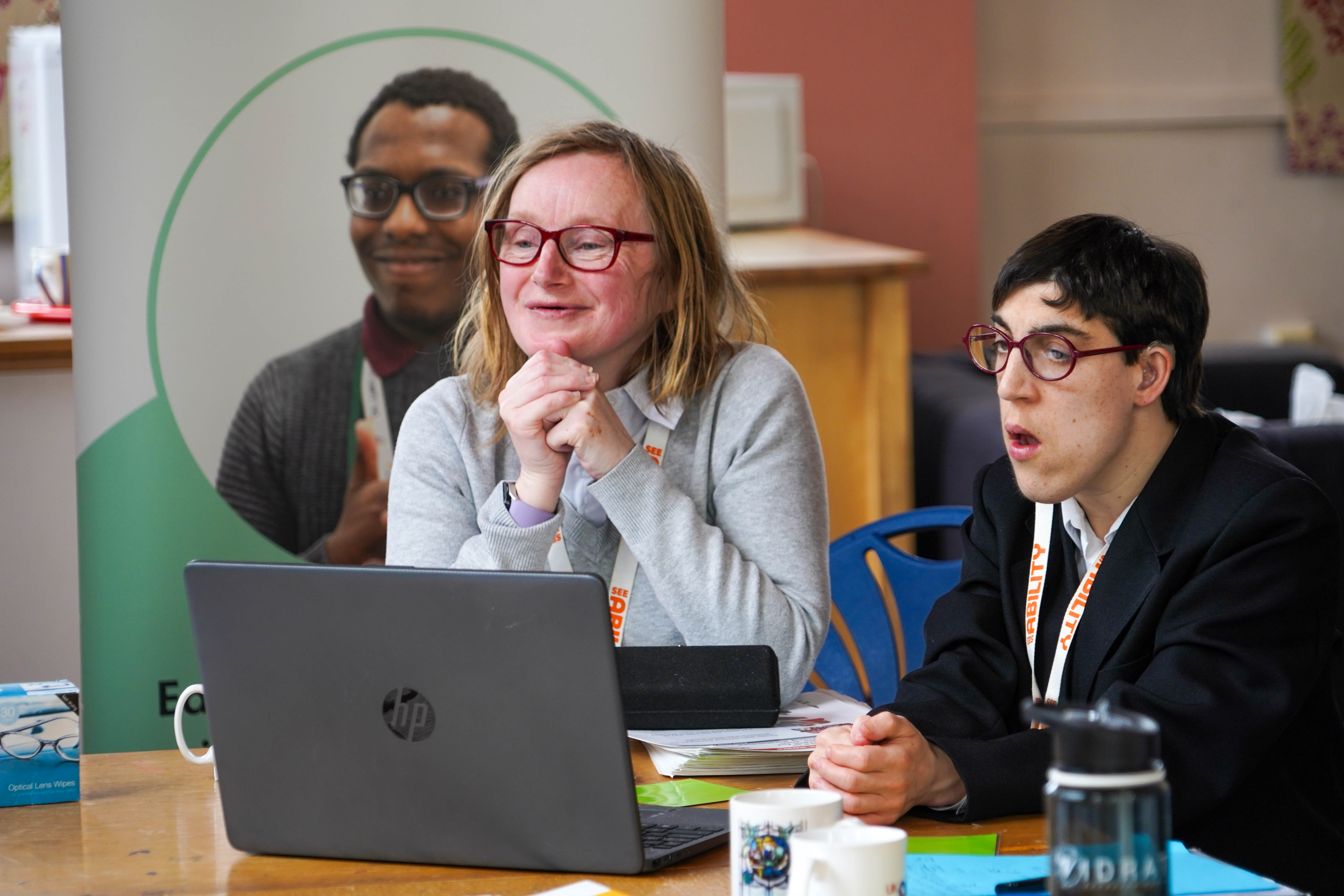
Three out of our four Eye Care Champions, people with lived experience of learning disability or autism who advocate for better eye care, are also women. Grace, Joanne and Rebecca have changed lives across the North East and London, and have won awards for their hard work.
We remain committed to ensuring women remain a core part of our story, and our recent Equity, Diversity and Belonging strategy will put inclusion right at the heart of our work.


